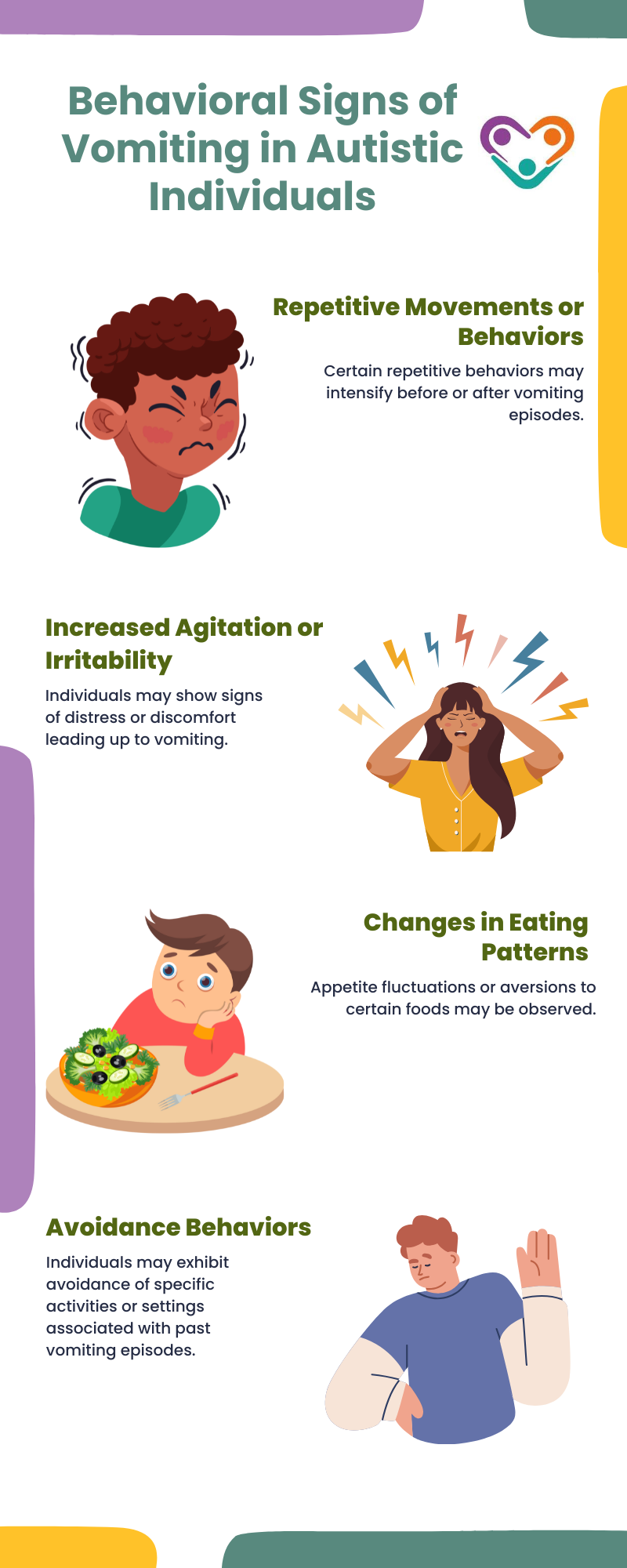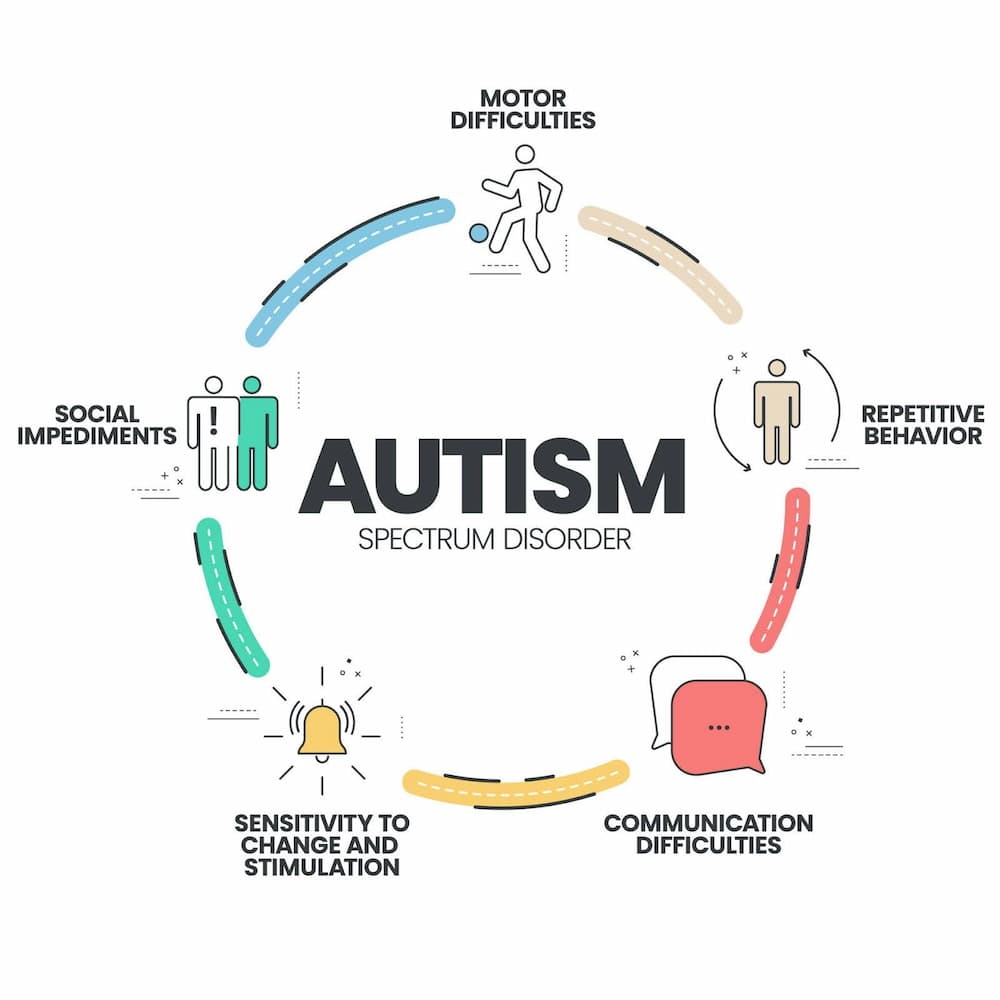Recognizing the Impact of Behavioral Autism on Every Day Life and Social Communications
You might not recognize just how deeply behavioral autism affects day-to-day life and social interactions. Individuals on the spectrum frequently browse a world loaded with interaction hurdles and sensory overload. These difficulties can lead to irritation and seclusion, affecting their relationships and general health.
Defining Behavioral Autism and Its Qualities
Behavioral autism, commonly referred to as autism spectrum disorder (ASD), includes a series of conditions defined by challenges in social communication, communication, and recurring habits. You may notice that individuals with ASD typically have a hard time to interpret social hints, which can result in misconceptions in conversations. They might discover it hard to develop eye get in touch with or participate in small talk, making social situations feel frustrating.
Communication difficulties can manifest in various means, from postponed speech growth to a choice for making use of less words. By recognizing these characteristics, you can foster a setting that promotes approval and encourages effective communication, assisting individuals with autism flourish in their everyday interactions.
The Spectrum of Autism: Recognizing Irregularity in Behavior
Autism range disorder (ASD) isn't a one-size-fits-all medical diagnosis; it varies widely amongst individuals. You may encounter people who are very verbal and involve easily in discussions, while others might like solitary tasks or connect non-verbally.
Furthermore, the means people with ASD reply to sensory input can vary greatly; some could be overwhelmed by brilliant lights or loud noises, whereas others thrive in promoting atmospheres. The spectrum also includes differences in social interactions; some individuals might have a hard time to analyze social hints, while others navigate social setups with relative convenience. Comprehending this variability is essential, as it aids you appreciate everyone's unique experience and dressmaker assistance to their certain needs, fostering a much more inclusive setting for everyone.
Communication Obstacles Faced by Individuals With Autism
When you interact with individuals on the autism spectrum, you may observe their one-of-a-kind interaction obstacles. They usually deal with problems with both nonverbal and spoken signs, which can impact their social interactions. Recognizing these barriers is important for promoting much better connections and assistance.

Verbal Interaction Difficulties
Numerous individuals on the autism spectrum experience verbal interaction difficulties that can considerably impact their daily interactions. You may discover it challenging to express your thoughts, feelings, or requires clearly. This can lead to stress for both you and those around you, as misunderstandings happen. You may deal with initiating discussions, keeping a subject, or recognizing nuances in speech. Frequently, you may prefer making use of straightforward language or recurring phrases, which can limit your ability to involve in deeper discussions. Your speed, tone, or volume could not straighten with social expectations, causing others to misunderstand your intentions. Recognizing these obstacles can help you and your support network create approaches to enhance communication and cultivate much better connections with others in your every day life.
Nonverbal Interaction Barriers
Verbal communication isn't the only obstacle people on the autism spectrum face; nonverbal communication barriers can be simply as considerable. These obstacles can lead to misunderstandings or misconceptions of social hints, making communications feel complicated or frustrating. By resolving nonverbal communication, you can find techniques to boost your social experiences and boost your overall quality of life.
Social Communication Impacts
Social interactions can usually really feel frustrating due to the distinct interaction challenges encountered by people with autism. You could have problem with analyzing social hints, making it difficult to comprehend sarcasm or body language. This can cause misconceptions or unpleasant minutes in discussions. Additionally, initiating and keeping conversations may really feel difficult, creating stress and anxiety in social scenarios. You may choose structured atmospheres, making spontaneous communications awkward. It's additionally usual to experience problem in involving in small talk, which can impede developing brand-new relationships. Acknowledging these difficulties can aid you find strategies to boost communication, such as exercising social skills in secure setups or making use of aesthetic help - Aba Therapist. Recognizing your requirements allows you to navigate social communications with higher self-confidence and convenience.
Social Interaction and Relationship Structure in Autism
While structure partnerships can be testing for people with autism, recognizing their unique perspectives and interaction designs can foster significant connections. You could notice that many people on the range like direct interaction and might have problem with social hints or little talk. By being uncomplicated check my blog in your communications, you can aid develop an environment where they really feel comfortable.
Make the effort to observe and pay attention exactly how they express themselves. This insight can assist you in guiding conversations better. Engaging in shared interests can additionally function as a bridge to deeper links. Whether it's a leisure activity, a favored a knockout post program, or a common interest, these usual strings can open up doors to friendship.
Day-to-day Live Routine: Navigating Strategies and challenges
Steering daily life routines can be particularly challenging for people with autism, especially when unexpected modifications occur. You may find convenience in having an organized timetable, as it helps you anticipate what's next. It's regular to really feel overloaded or nervous when interruptions occur. To navigate these difficulties, take into consideration implementing aesthetic schedules or lists. These devices can provide quality and confidence.
Developing a regimen that consists of sensory breaks can also be advantageous. You can plan time-outs throughout your day to recharge. It's important to connect with those around you, allowing them understand your preferences and requirements. This helps produce an understanding setting.
Last but not least, method mindfulness techniques to take care of anxiety and anxiousness. Simple breathing workouts or basing techniques can make a significant difference. By integrating these approaches, you can enhance your everyday regimen and reduce interruptions, making life really feel much more convenient.
Staminas and Capacities of Individuals on the Autism Spectrum
Comprehending every day life regimens is simply one facet of the autism experience. Many people on the autism range have remarkable toughness and capabilities that establish them apart. You could discover that your interest to detail is remarkable, enabling you to stand out in tasks that require precision and focus. Your capacity to assume outside the box can lead to ingenious options in different circumstances.
Furthermore, your memory skills frequently shine, specifically in areas of interest. Autism Spectrum Therapies. This flair for keeping info can make you an important resource in fields like art, modern technology, or science. You might likewise display strong aesthetic thinking, allowing you to picture complicated concepts and solve issues creatively
In addition, your special viewpoint on the globe can promote empathy and understanding in others, enriching social communications. Accepting these strengths review not just improves your confidence yet likewise helps others value the diverse abilities you bring to the table.
Producing Comprehensive Atmospheres for People With Autism
Producing comprehensive atmospheres for people with autism begins with designing sensory-friendly spaces that satisfy their unique requirements. You can also cultivate possibilities for social interaction, assisting to build relationships and connections. By making these adjustments, you'll add to a much more inviting ambience for everybody.
Creating Sensory-Friendly Spaces
While developing sensory-friendly areas, it's vital to review the distinct demands of individuals with autism. Start by selecting soothing colors and soft illumination to develop a calming environment. When overwhelmed, incorporate peaceful zones where people can retreat and charge. You'll intend to minimize loud noises and disturbances, using soundproof products or white sound machines to aid maintain tranquility. Think about tactile elements like soft materials or fidget-friendly things that can offer comfort. Identify that spaces are versatile, enabling very easy reformation to accommodate different activities. Finally, consist of aesthetic timetables or clear signage to help individuals navigate the space confidently. By attentively integrating these elements, you can create a welcoming environment that sustains sensory needs and advertises total wellness.
Promoting Social Interaction Opportunities
Designing sensory-friendly areas not just addresses individual convenience however additionally sets the stage for significant social communications amongst individuals with autism. Urge peer mentoring, matching individuals with autism with helpful peers that can guide them via social situations. By applying these strategies, you can boost social chances, aiding people with autism develop relationships and enhance their social abilities in a secure, welcoming atmosphere.

Frequently Asked Concerns
How Can Pals Support Someone With Behavioral Autism?
You can sustain a close friend with behavioral autism by being patient, listening actively, and appreciating their boundaries. Take part in activities they take pleasure in, communicate openly, and create a comfy environment where they really feel valued and recognized.
What Resources Are Offered for Parents of Children With Autism?
You can check out various sources for parents of children with autism, consisting of assistance groups, academic websites, and local social work. Getting in touch with various other parents can likewise offer important understandings and shared experiences to help browse difficulties.
Can Behavioral Autism Change Over Time?

Yes, behavior autism can alter with time. You may see changes in communication, social abilities, and habits as your child grows. Early treatment and assistance typically play vital roles in these developing adjustments.
How Do Sensory Sensitivities Influence Life?
Sensory level of sensitivities can make daily experiences frustrating. You could deal with loud noises or bright lights, resulting in stress or avoidance. Finding atmospheres that fit your requirements can significantly enhance your convenience and general life.
What Are Common Misconceptions Regarding Behavioral Autism?
You may assume behavior autism just impacts interaction skills, but it's even more complicated. Numerous presume individuals lack empathy or knowledge, which isn't true. Comprehending these false impressions helps foster approval and support for those on the spectrum.
Behavioral autism, commonly referred to as autism range condition (ASD), includes a variety of conditions characterized by challenges in social communication, communication, and repeated behaviors.Social interactions can commonly really feel overwhelming due to the distinct communication challenges faced by people with autism.Creating sensory-friendly areas not only addresses individual comfort but additionally sets the phase for purposeful social interactions among individuals with autism. Urge peer mentoring, pairing individuals with autism with helpful peers who can guide them via social circumstances. By carrying out these methods, you can boost social chances, assisting individuals with autism construct relationships and enhance their social skills in a secure, welcoming setting.